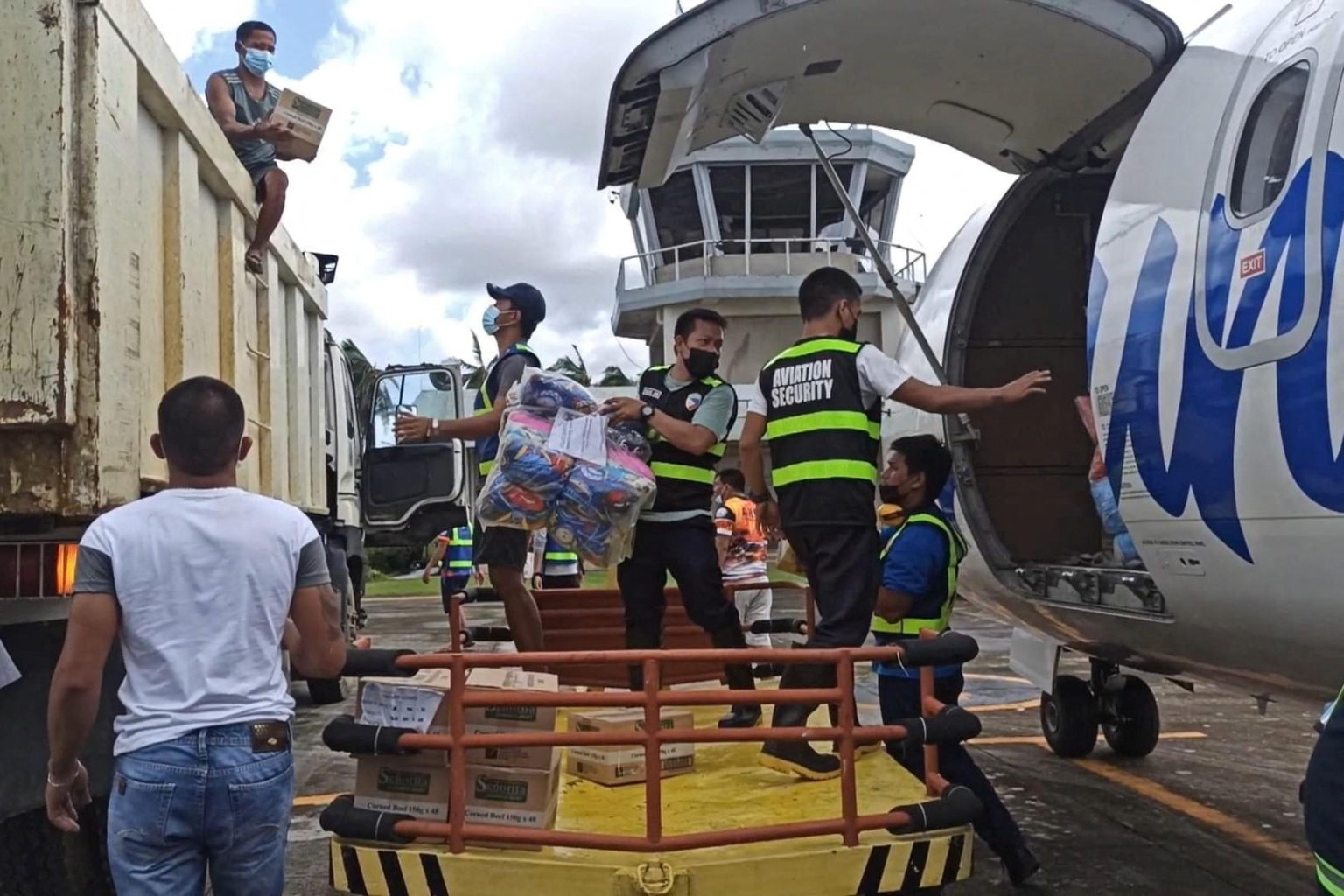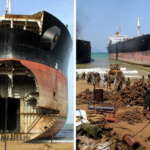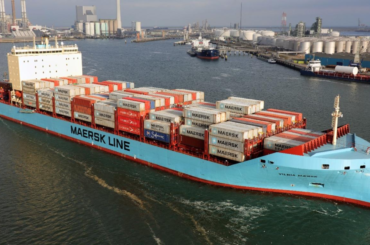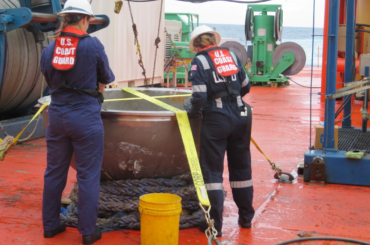Extreme weather disruptions strike Malaysia as well as the Philippines and the Philippines, leaving an ash trail of destruction in the countries most vulnerable to the natural disaster.
Typhoon Rai is a super typhoon that, before it slammed on the Philippines on Thursday, caused the dead at 208 along its path. Over 440,000 were forced to flee as well as a large number of people victims, Mark Timbal, spokesman of the National Disaster Risk Reduction and Management Council announced on Monday.
Over the peninsular region of Malaysia the weekend of torrential rains displaced nearly 61,000 persons, shut down roads, and affected shipping. The downpours that fell from December. 17-18 amounted to the average of a month’s rainfall, according to news agency Bernama quoted Environment and Water Ministry Secretary-General Zaini Ujang as declaring. Rains abated on Sunday, and the flood waters began to recede.
Port Disruptions
The delivery of cargo and the vessel docking within the port of Malaysia’s Port Klang, Southeast Asia’s second-largest port, is delayed because access roadways are damaged, and the workers haven’t been able get to work, the authorities announced on the Starday.
Authorities have announced that they will prioritize delivering essential items like medical and food items for now, while lenders include RHB Bank Bhd. along with OCBC Bank (Malaysia) Bhd. offer assistance to affected customers.
The downtime comes just only a few days before Intel Corp. announced the $7.1 billion venture in Malaysia and predicted the worldwide shortage of chips to continue until 2023. Malaysia is a key electronics and chip testing hub as delays in shipment could cause supply chain congestion that has hampered the global economy.
Netherland’s BE Semiconductor Industries NV cut its revenue forecast for the fourth quarter on Monday because of the floods that have affected its Shah Alam facility in Malaysia. The company stated that revenues could fall between 15% and 20 percent in the next quarter, which is higher than the previously announced guidance of 5 to 15% reduction.
The Japanese company Nihon Dempa Kogyo Co. is a manufacturer of quartz crystals that are utilized in industrial and telecom equipment announced that its Malaysian plant was damaged, and it’s going to take some time to re-start production. The Panasonic Manufacturing Malaysia Bhd. stated that its plant for the production of fan and vacuum cleaners has sustained the damage.
Notion VTEC Bhd of Malaysia. has said that the plant it uses to make CNC-controlled processing has been affected by.
The downpour did not affect the world’s largest rubber gloves industry, Malaysian Rubber Glove Manufacturers Association President Panamanian Shanmugam said. It’s “just an inconvenience for transport, which is now back as normal” Shanmugam said in his email reply to queries.
Top Glove Corp. and Hartalega Holdings Bhd. are both based in Selangor the state of Selangor, which is industrialized close to Kuala Lumpur and among the most affected.
‘Running Out’
In the southern Philippines the strongest typhoon that hit the country, power lines were ripped off and left more than 200 towns and cities without power, while mobile signal is not available in many places. A few ports or air terminals have resumed operations, which allowed relief work to resume.
“Food is being drained,” Philippine Vice President Leni Robredo declared about Dinagat Islands, a province within the Mindanao region she visited on Monday. “There’s there is no power, water and there’s no communication.”
Over 54,000 houses were destroyed, Timbal said. The resort island of Siargao the place which is where Rai first came to land the damages could reach 400 million according to the Philippine Daily Inquirer reported, in a report by an official from the local government.

Philippine President Rodrigo Duterte on Saturday said that he would release 2 billion pesos ($40 million) as aid for the affected regions, and Malaysian PM Ismail Sabri Yaakob on Sunday declared that 100 million rings ($23.7 million) will be used to fix the damage. affected households will receive 1,000 ringgit per household.
The economic cost incurred annually due to catastrophes that occur in Southeast Asia is estimated at $86.5 billion in 2020, according to a United Nations Economic and Social Commission for Asia and the Pacific report. (Updates including details about the Panasonic’s Malaysian plant)







